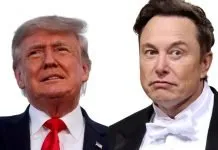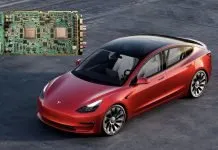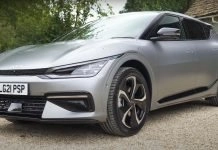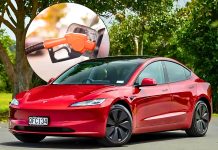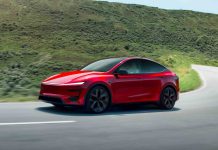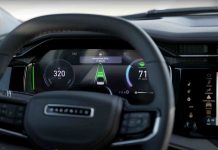During the Tesla Q3 2025 earnings call, in the context of a discussion on margins, autonomy, and production, Elon Musk dropped what may be one of his most visionary ideas ever – and, oddly enough, no one is even discussing it.
Musk proposed that Tesla could use its worldwide vehicle fleet, the millions of cars it has with powerful onboard AI computers, to create a massive distributed inference network. That is, the cars produced by Tesla would not merely drive on their own; they would think as a unified entity, forming one of the largest supercomputers in the world without constructing a data center.
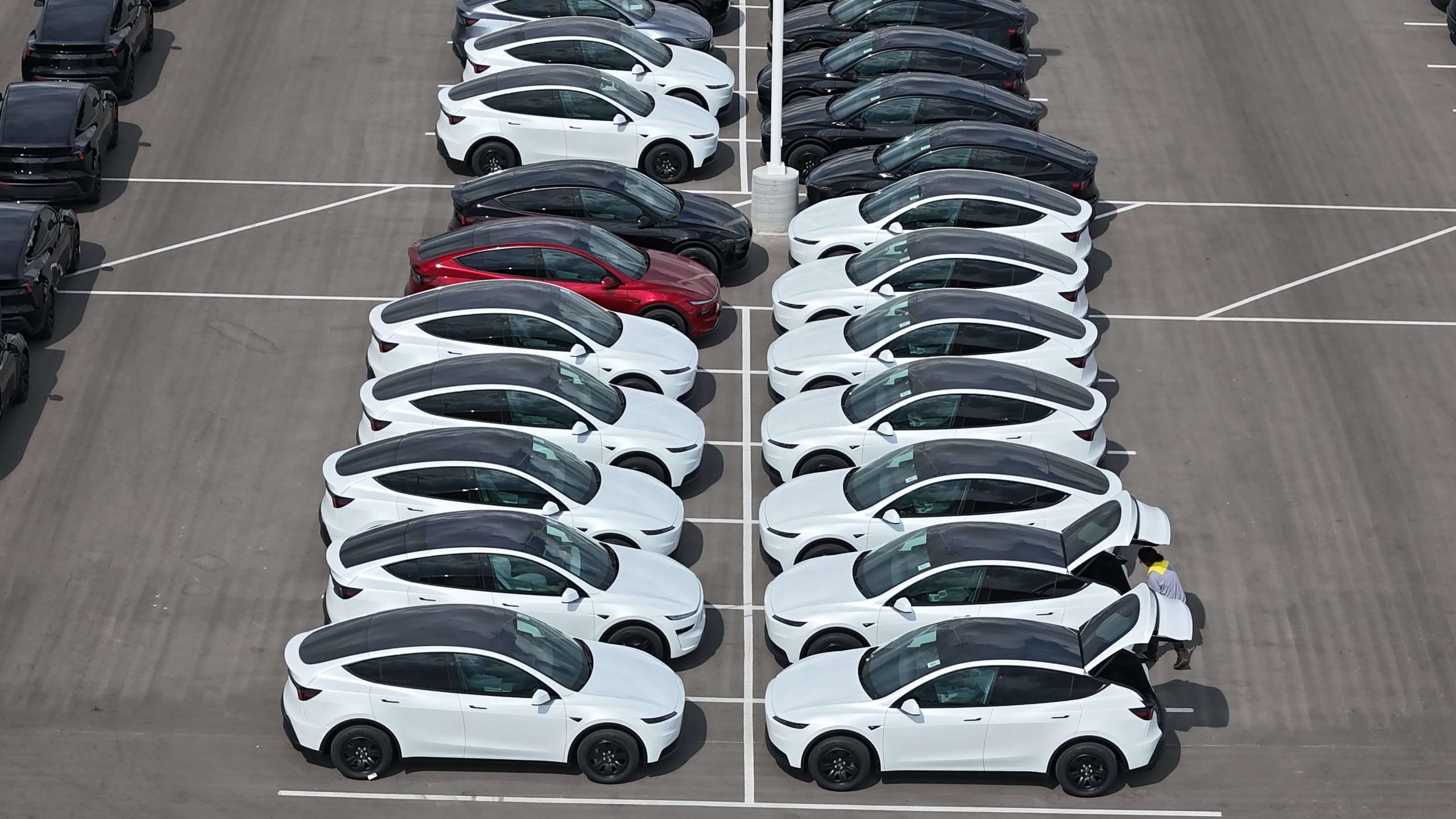
The Idea: A Fleet That Thinks Together
Here’s what Musk said:
“Actually, one of the things I thought, if we’ve got all these cars that maybe are bored… we could actually have a giant distributed inference fleet… If you’ve got tens of millions of cars in the fleet, or maybe at some point 100 million, and they had a kilowatt of inference capability each — that’s 100 gigawatts of inference distributed with power and cooling taken care of. That seems like a pretty significant asset.”
In simple terms, any Tesla vehicle is equipped with a high-performance onboard computer that can handle approximately 1 kilowatt of AI inference workloads —the act of executing trained AI models to make predictions or decisions in real time. Multiplied by tens of millions of cars, you get an AI network distributed globally with enormous computing capabilities, automatically cooled, powered, and interconnected over Tesla’s current network.
Elon Musk came up with a pretty incredible idea during the Q3 Earnings Call, that no one is really talking about.
His words: “Actually, one of the things I thought, if we've got all these cars that maybe are bored, while they're sort of, if they are bored, we could actually… pic.twitter.com/tlbko8egLd
— Nic Cruz Patane (@niccruzpatane) October 28, 2025
From Cars to a Global AI Cloud
The Tesla cars already have some of the most sophisticated computing hardware found in any car. The present FSD (Full Self-Driving) computers have been designed with neural network processing that would be powered by special computers with the ability to perform a trillion operations in a second.
When Tesla switches on these computers when idle (when cars are parked and left on the plug), every car would make a portion of some decentralized cloud of AI computing power. Tesla might instead construct a distributed planet-scale edge supercomputer, decentralized on driveways, car parks, and streets everywhere on the planet, not hosted in a single central data center like that of Google, Microsoft, or NVIDIA.
The given model has some benefits:
- There are no costs associated with data center cooling, since every vehicle has cooling systems.
- No extra power infrastructure. Cars already have power management built in.
- Scalability on the fly – the more Teslas on the road, the more computing power.
Potential Use Cases Beyond Driving
The results are much deeper than self-driving. It could be used in a distributed AI network of that scale:
- Inference and training support of AI models using real-world data.
- Real-time simulations, e.g., environmental or traffic simulation.
- Neural network updates through collaboration, where the fleet is constantly enhancing AI models of Tesla.
Third-party compute leasing: Tesla might lease some excess compute power, just like Amazon is leasing AWS servers.
This remark by Musk is hinting at a completely new business concept, one in which Tesla will not only be a car company or an energy company but also an infrastructure provider of AI.




